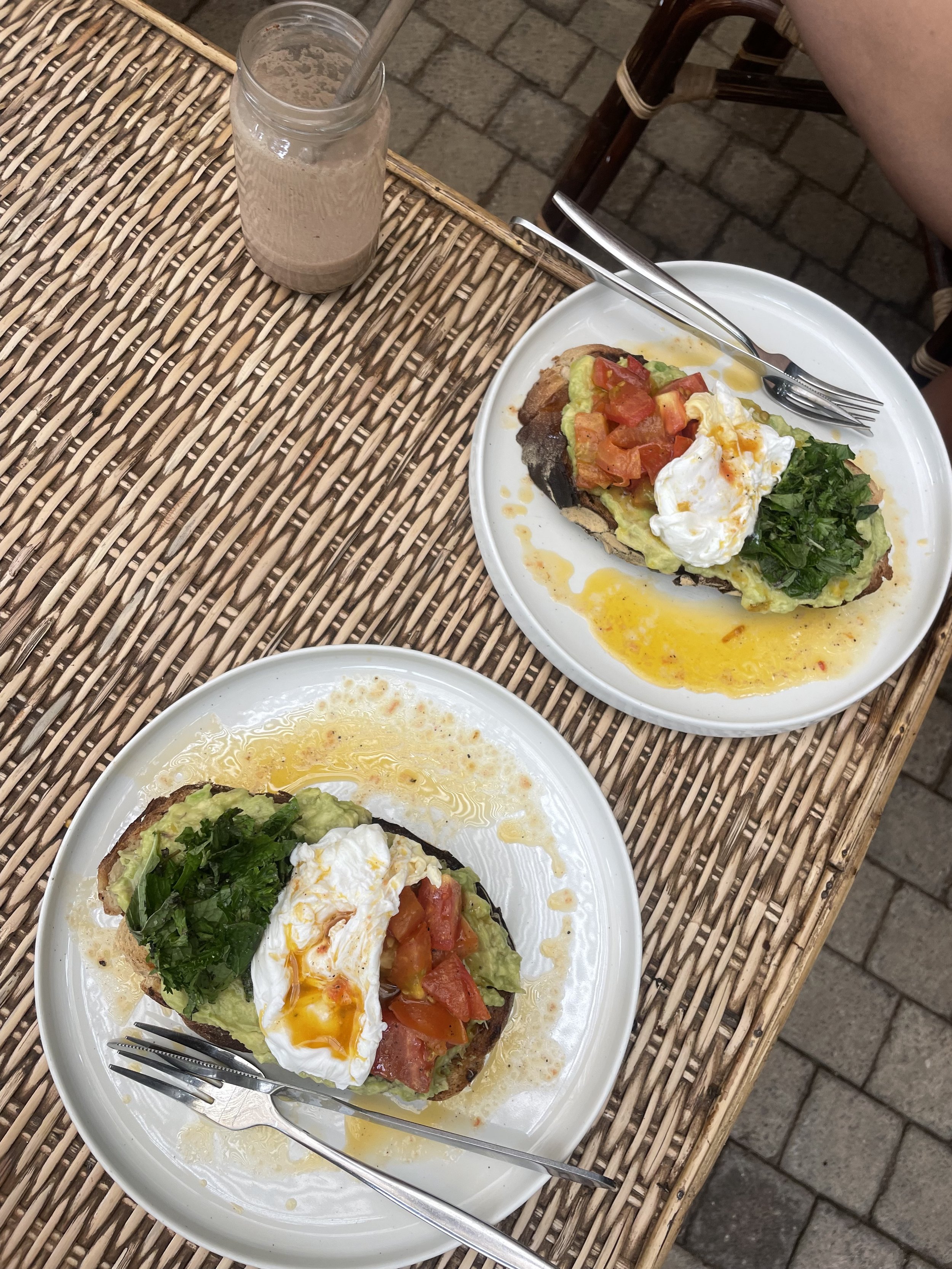Sri Lanka and the Bali Effect - Whitewashing Food
In a hostel hidden deep in the tea plantation fields of Nuwara Eliya, a young backpacker is getting ready to go out for dinner. “I want something authentic and traditional. Where should I go?” He asks the owner.
“You want spicy or not spicy?”
“Not spicy.”
The owner laughs. “You want traditional, but not spicy? OK.” His head bobbles as his shoulders shrug and eyebrows raise. This question isn’t new, but it’s stupidity hasn’t quite run it’s course yet.
There’s no problem with going abroad and wanting to avoid spicy food. If we confined all haters of spice to specific countries then I fear we could radicalise them further by driving them towards more straight edged cultures; a fear of the ‘other’ should be guided, when possible. The issue lies in wanting ‘authentic food’ that has been Westernised; Sri Lankan food, cooked by a white person.
The South beaches of Sri Lanka have have earned the title of Surfers Paradise. Independent businesses exist, but they’re in competition with giant hotel and restaurant chains. For a Western tourist, fresh smoothie bowls and ‘proper coffee’ is far more alluring and only marginally more expensive: when the price difference of a fiver divides eating [yet another kotthu] on wooden benches against avocado and eggs on beachside bean bags, the desire for ‘authenticity’ wanes.
For the Southern regions of Sri Lanka, it may be too late. In the picturesque haven of Hiriketiya independent restaurants are placed on the border, away from the hubbub of the central strip. Attempts to incorporate apparently popular Western foods have only worked against their favour: signs that read ‘vegeteble bugger’ and ‘prown piza’ hardly scream gastro excellence.
TripAdvisor and Google Reviews can also work against independent restaurants. The pot luck element of restaurants on Sri Lanka is what makes it fun: avoid the danger foods, and the worst you’ll come out with is being £2 down.
Instagram has done wonders for tourism: countries receive free publicity, delivered directly to the holidayer. Smaller, remote regions are sniffed out promptly; where there are attractions, beaches and landscapes, nearby villages are bound to prosper from the influx of the white personal with a thick wallet and little travel know-how.
Yet Instagram has also driven an aesthetically hashtagged whitewashing. The ultimate Instagram experience demands every element of the holiday to prove the holidayer is living a glossy, sparkling life.
Just as there was nothing wrong with the young guy who wanted his food unspicy, there’s nothing wrong with wanting some glitz on your holiday. But conflating it with a ‘real, authentic’ travel experience means you skip over publicity for the independent businesses that need it, and instead drive attention to brands that already have major shareholder backing.
For those who truly want an ‘authentic’ experience in Sri Lanka, seek out the places that others tell you to avoid. Sri Lankan cities lack the infrastructure of neighbouring Indian suburbs, but there’s a beauty in its simplicity. Foodies can delight in a range of spices, curries, fried goodies, made for the people of Sri Lanka, and not the Joe and the Juice drinkers.
Readers and travellers I urge you; live a little. The grittier the place, the greater the chance it has been made with individualism and personality.
Eat your avocado and eggs at home.

